The Invisible Woman - Cecilia Paredes
By Pictolic https://pictolic.com/article/the-invisible-woman-cecilia-paredes.htmlEvery Cecilia Paredes exhibition is attended by "chameleon people". An unusual artist "hides" the female body in her body art works so that the floral background seems to "absorb" it.
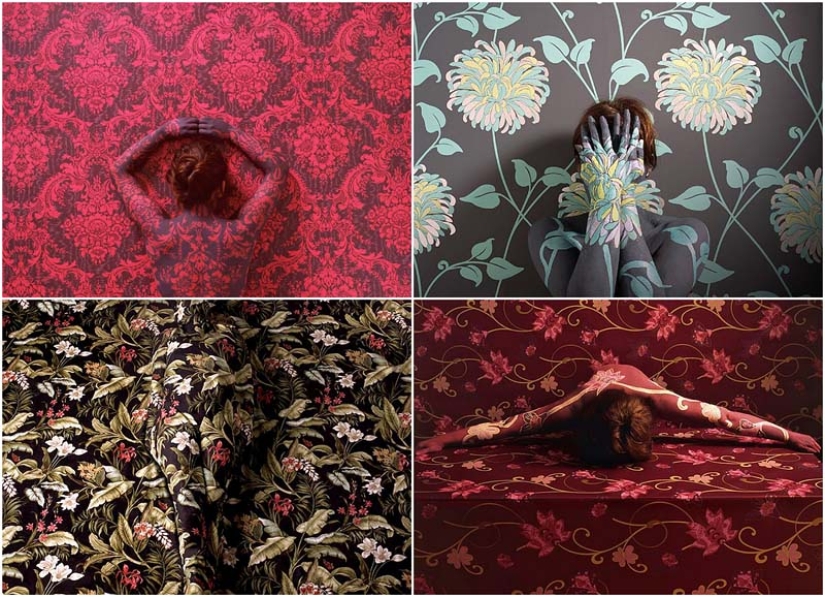
The Peruvian artist and photographer is probably haunted by the laurels of Liu Bolin and Desiree Palmen. However, she has found her own style and it is simply inappropriate to talk about plagiarism.
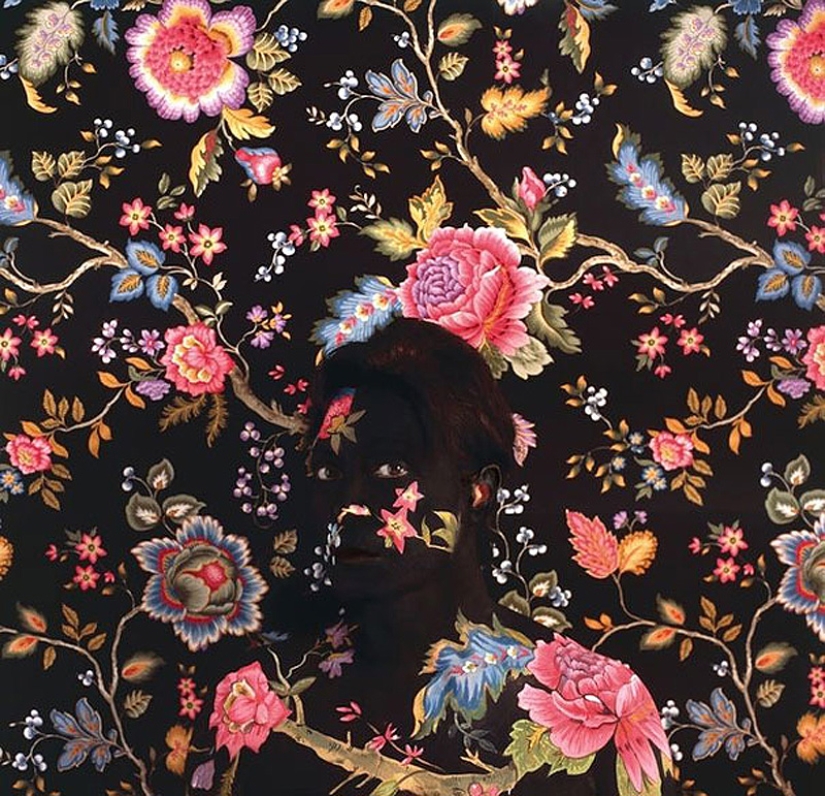

Cecilia Paredes was born in Lima, the capital of Peru. In 1998, she moved to Costa Rica, where she lived and worked for about eight years. Cecilia's first author's exhibition was held in 1998 in Guatemala.
The artist, with the help of her project "Landscapes", tries to show that the female body (in this case hers) is something sacred, something worth admiring. At the same time, a woman's body is a kind of key-a dialogue between the soul and nature. Cecilia currently lives in Philadelphia, USA.
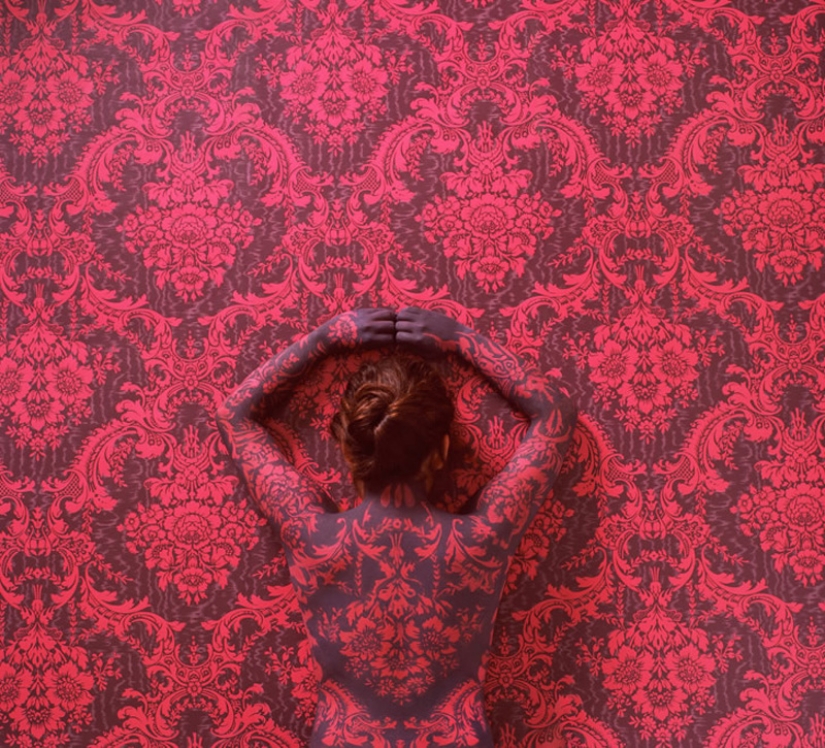
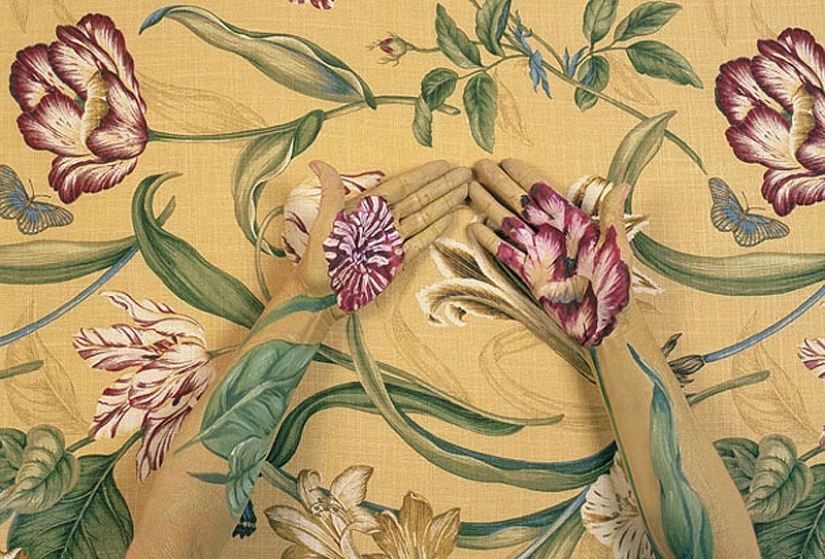
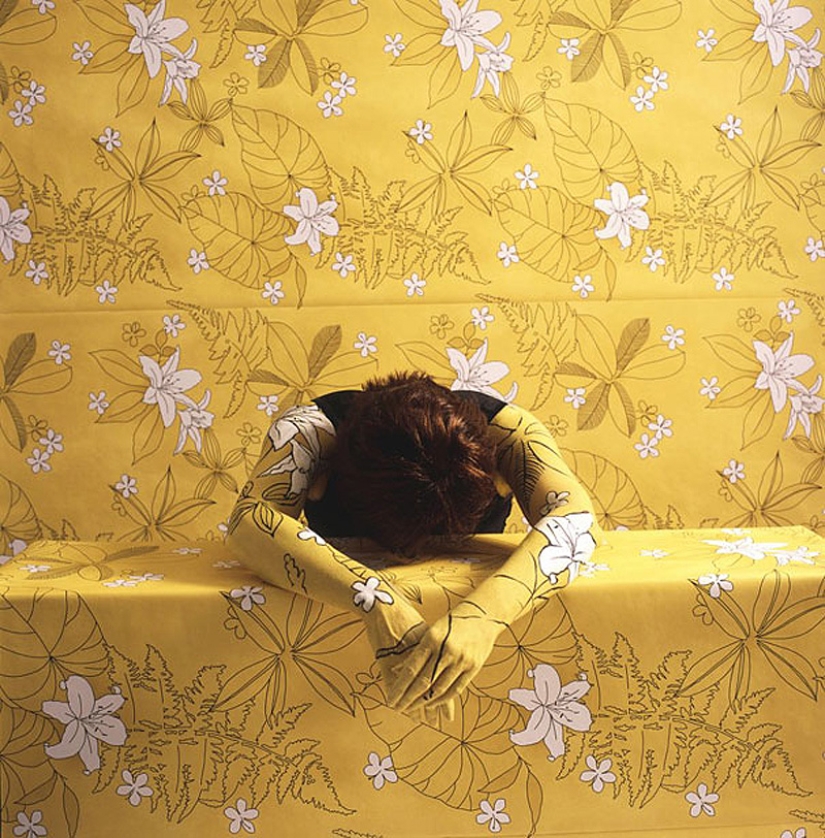
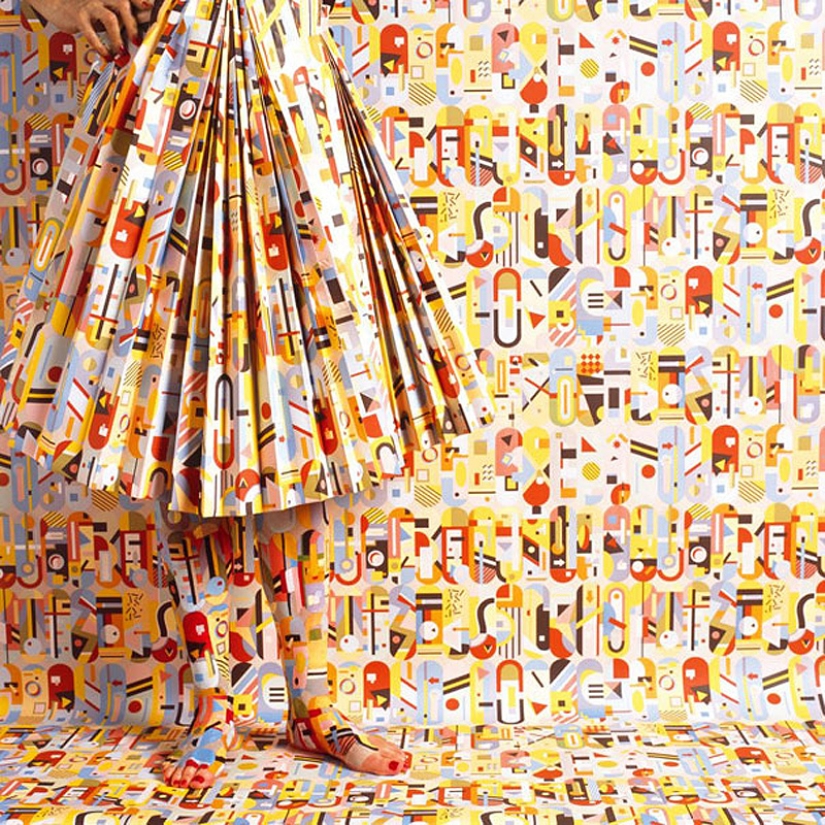
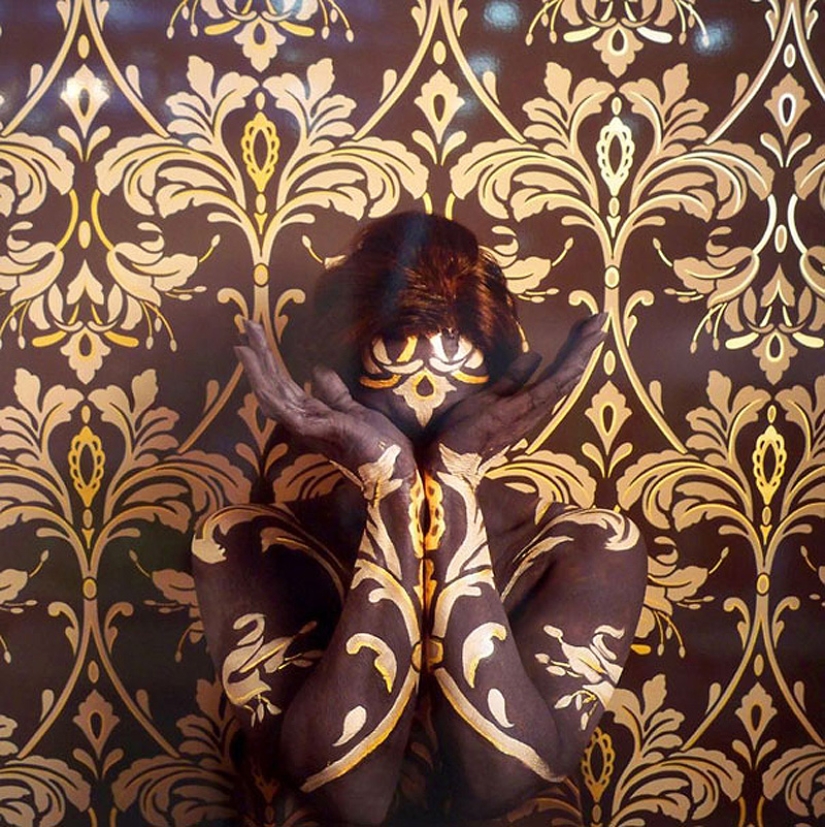
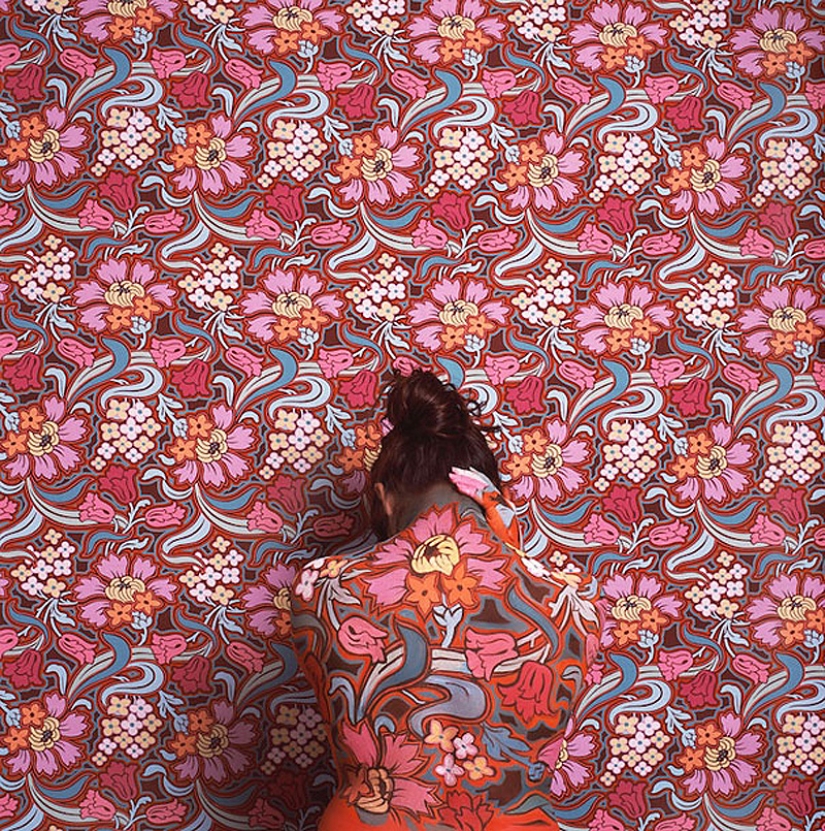

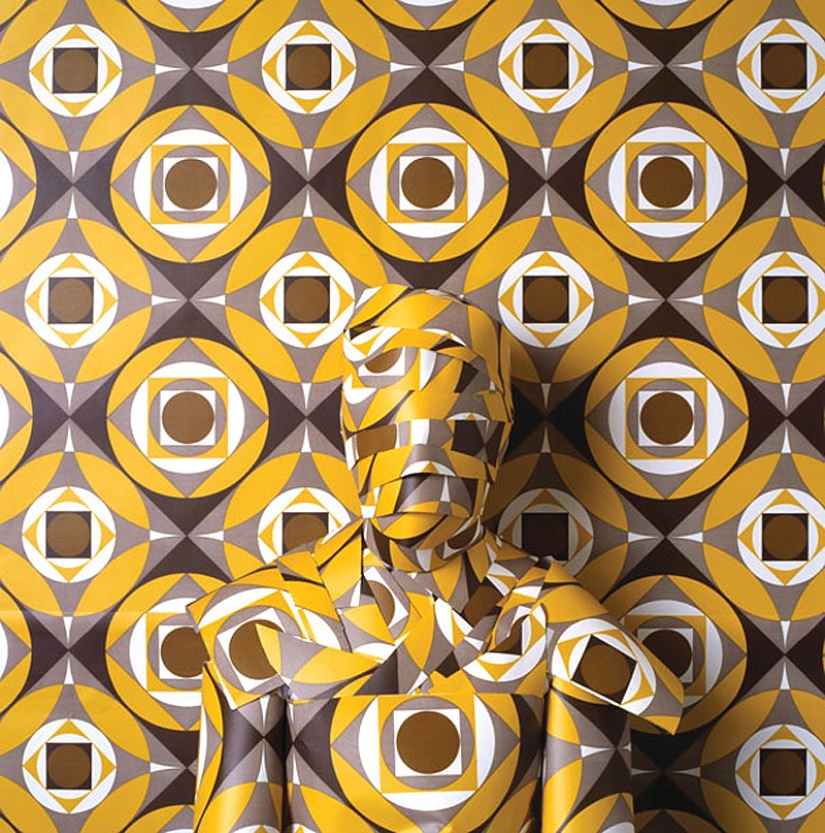
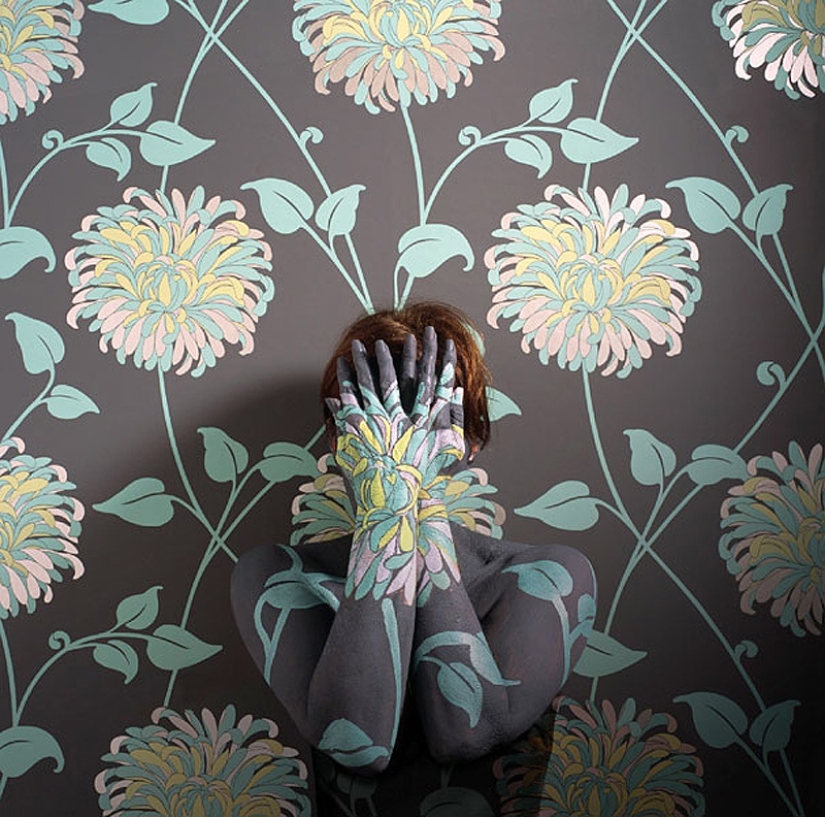
Recent articles

Arthur Pollock has worked as a news photographer for over forty years and left an archive of thousands of images, reminiscent of ...

In 1947, LIFE magazine photographer Alfred Eisenstadt took a series of photographs at the Swiss resort of St. Moritz, an island of ...

Most artists strive for fame. This is not surprising, because fame helps to gain a solid audience of fans and sell paintings ...